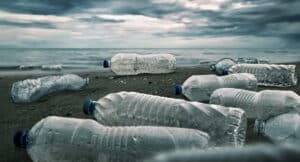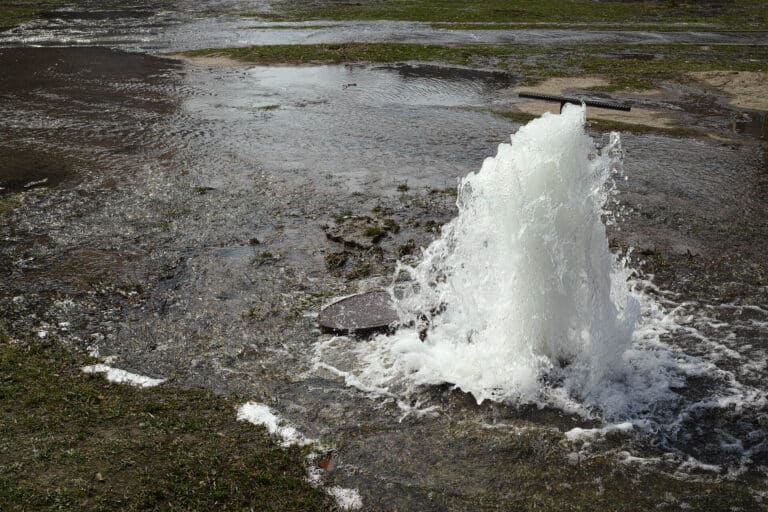
- Business water services
Business Water Services
Switch to Castle Water for award winning business water services for companies and organisations of all sizes.

More 5-star reviews than all other water retailers combined.

- Switch water supplier
Switch to Castle Water for award winning service and to save up to 80% on your fixed water charges
Changing Water SupplierCompare gas and electricity prices from the UK’s biggest providers, in just a few clicks.
- Water efficiency
- Trade effluent
Trade Effluent
Switch to Castle Water for award winning service and to save up to 20% on your business water
- News & insights

- Help & support
- Portal
Account
Statement of account
Letters & invoices



